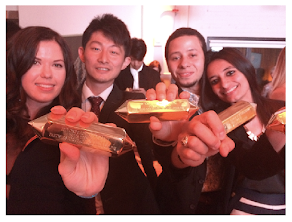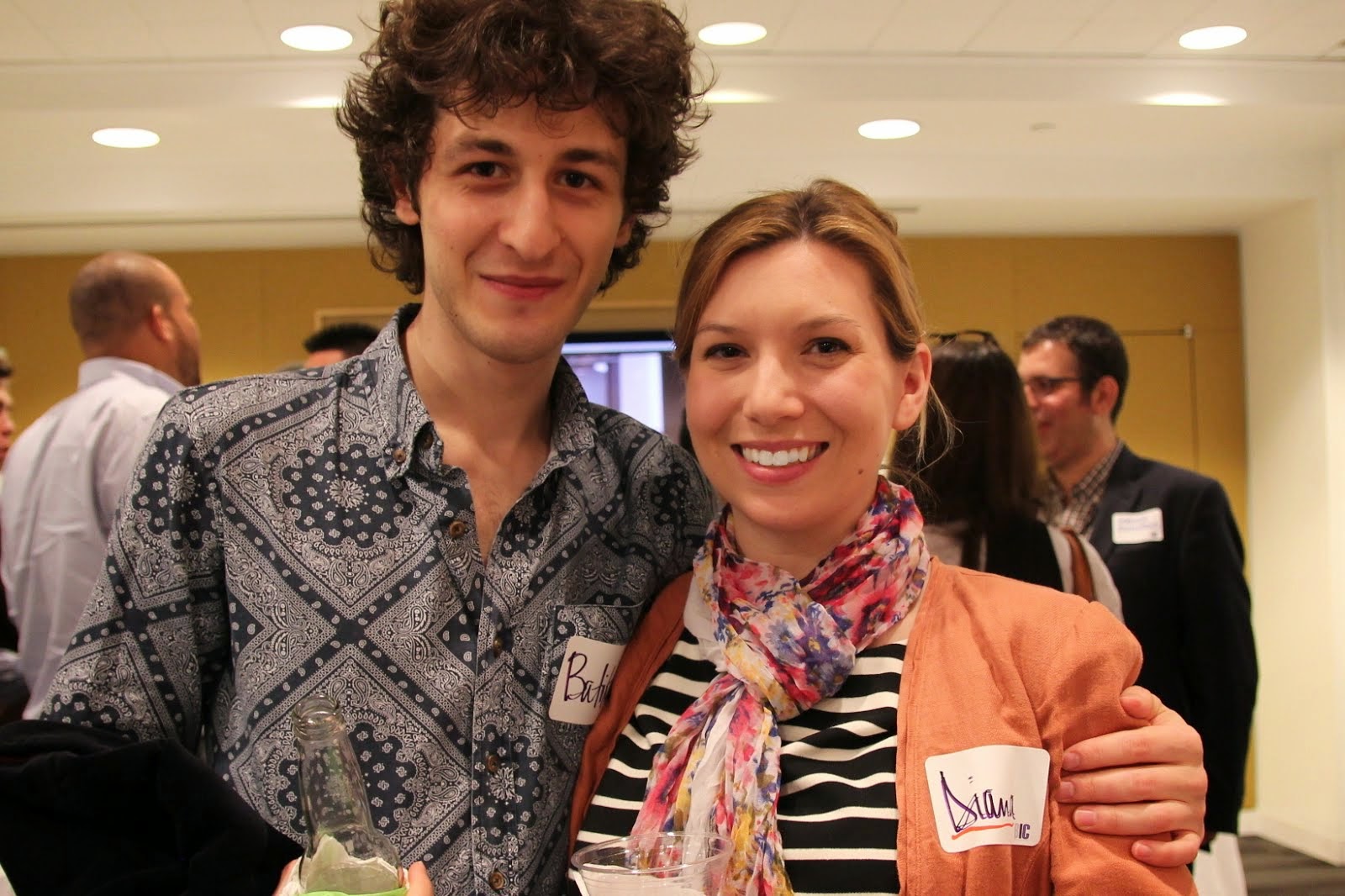PR research coming of age
September 15 - 19, 2014 was the observance of the first global public relations Measurement Week. The initiative was led by the London-based AMEC (International Association for the Measurement and Evaluation of Communication), the U.S.-based Institute for Public Relations, a number of the leading research services providers (BurrellesLuce, Cision, Gorkana, Kantar, PRIME, and Vocus), and a handful of the global PR agencies, and it was the culmination of nearly a decade of the efforts of the public relations industry to grapple with the demands for better analytics in media and marketing services.The PR industry -- like advertising and the news and entertainment media -- has faced enormous challenges to its business model in the face of the impact of digital technologies. Yet PR had always stood apart -- or trailed behind? -- other marketing and media sectors in demonstrating its impact. The PR profession often justified its contributions with vague concepts such as "buzz," "impressions," "advertising value equivalency," and "reputation." As inadequate as the standard metrics had been for advertising and media, PR offered nothing comparable for consistency.
The challenge from large corporations' procurement departments for an industry standards for marketing communications services return on investment (ROI) metrics, especially after the 2008 recession, coalesced with inklings about the potential to link communications acts to transactions, transparently, with new digital media.
The September 2014 Measurement Week is a strong indication of how far the PR industry has come to meet these challenges in two dimensions: 1) providing the analytics that business demands at the same time as 2) creating consensus with the global PR industry around methods, terminology, and standards.
The third edition of the Dictionary for PR Measurement and Research, published by the Institute for Public Relations, and edited by Prof. Don Stacks at the University of Miami and Prof. Shannon Bowen at the University of South Carolina, is now widely accepted as the authority on PR research terminology definitions.
AMEC has rallied consensus among corporations, research services providers, and PR agencies in a number of initiatives, most notably its campaign against "advertising value equivalency," first aggressively asserted in the 2010 Barcelona Declaration of Measurement Principles.
In the past three years, a coalition of communications associations has undertaken aggressive efforts to articulate standards and best practices for monitoring and analytics of both traditional and new digital media communications. The Coalition for PR Research Standards has the active participation and endorsement of the Council of Public Relations Firms, the Global Alliance for Public Relations and Communication Management, the Institute for Public Relations, AMEC, and the Public Relations Society of America. Simultaneously, an overlapping group was formed, The Social Media Measurement Conclave, which has met and articulated new industry standards for social media measurement methodologies -- with the hearty endorsement from opinion-leading corporations such as Southwest Airlines, Ford Motor Company, General Motors, Cisco, McDonalds, and Thompson Reuters.
Finally, The Institute of Public Relations has created a new PR Research Standards Center dedicated to sustaining industry consensus and providing content and initiatives to support PR education (both academic and professional) related to the newly articulated standards.








